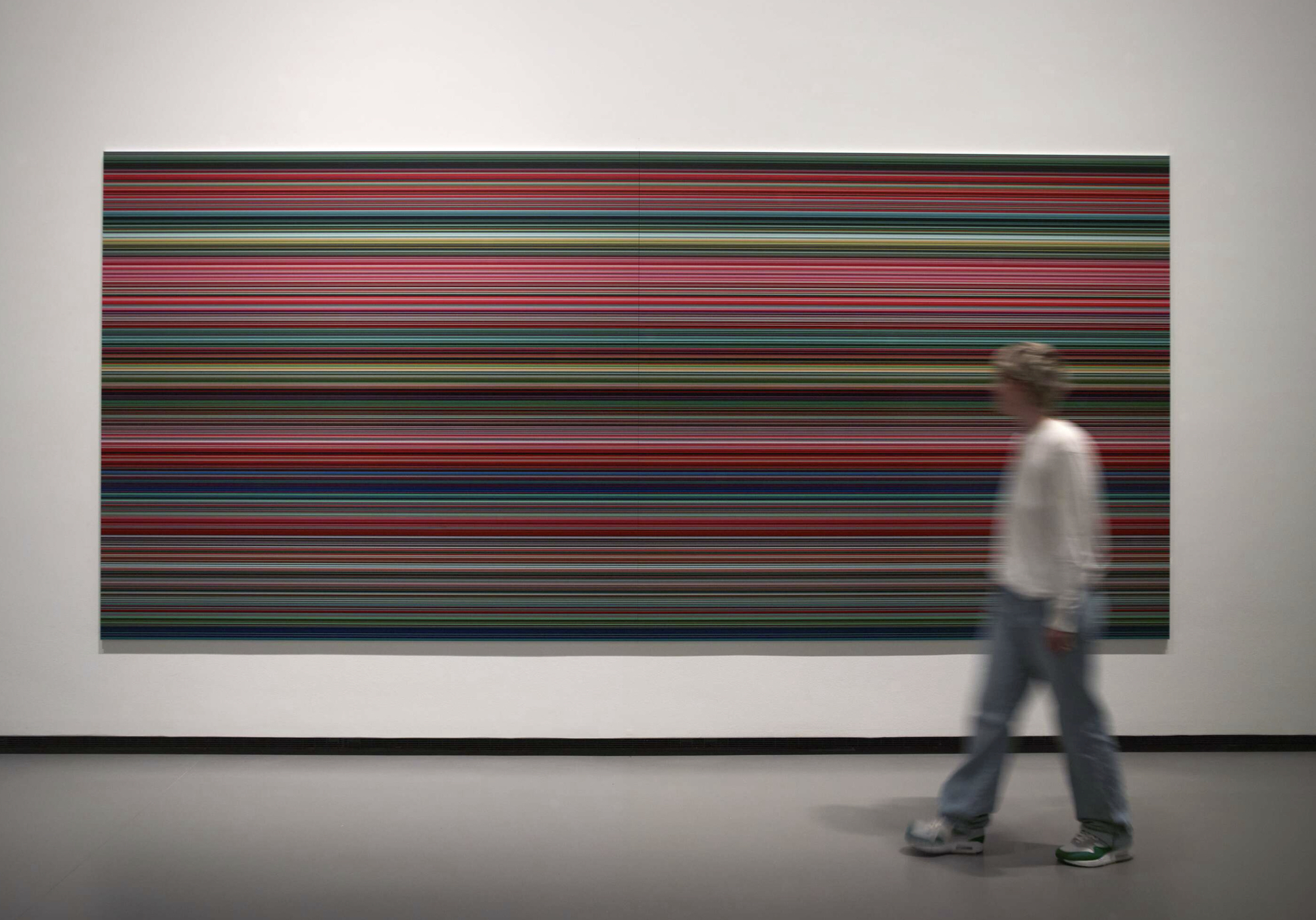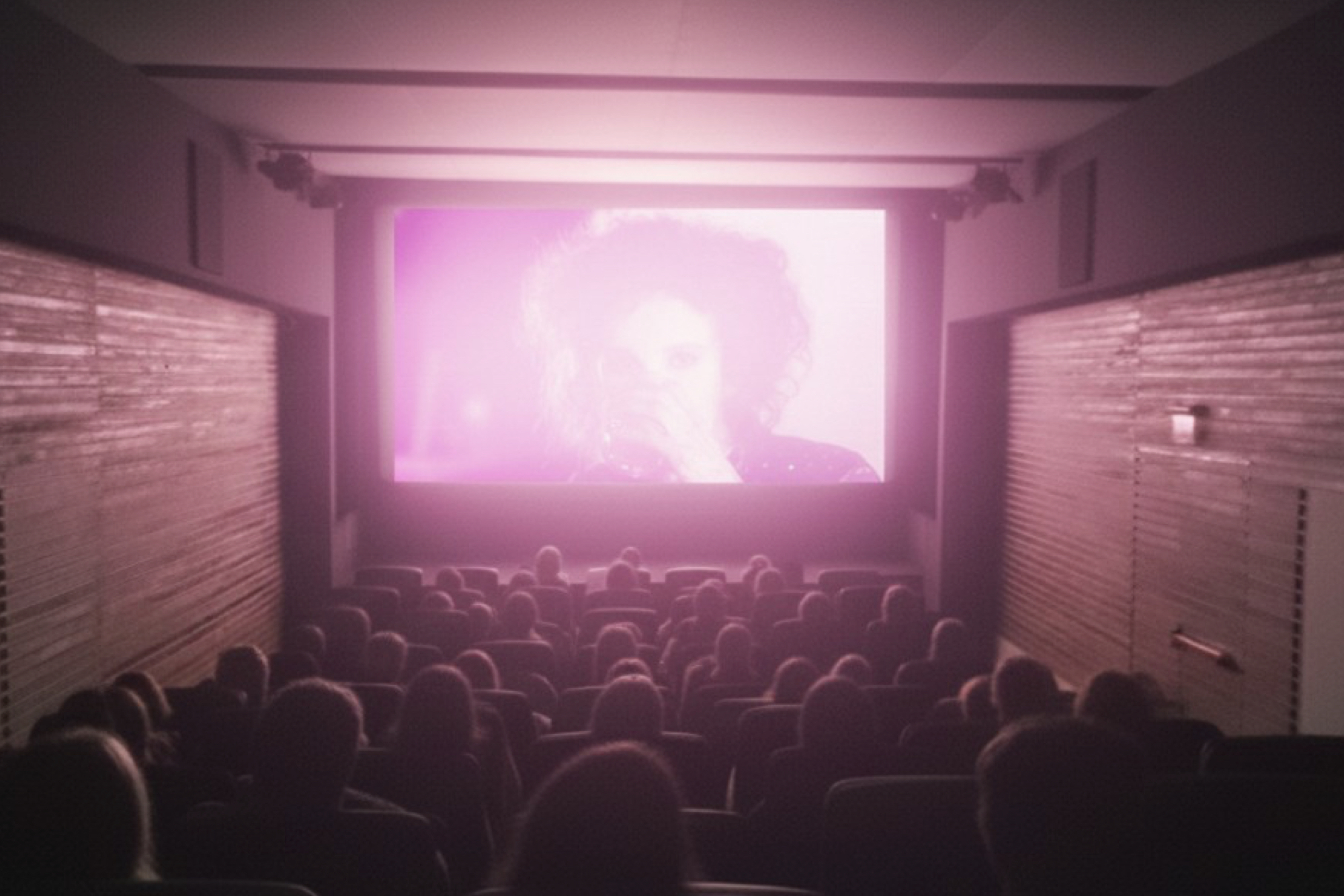Certain episodes disrupt the certainty of what we think we perceive. This has happened to me each time I faced Gerhard Richter’s canvases, from countless encounters at the Neue National Gallery to now, with the inauguration of his exhibition at the Fondation Louis Vuitton: over six decades of experimentation that do more than record images—they construct a bridge between memory, time, and perception.
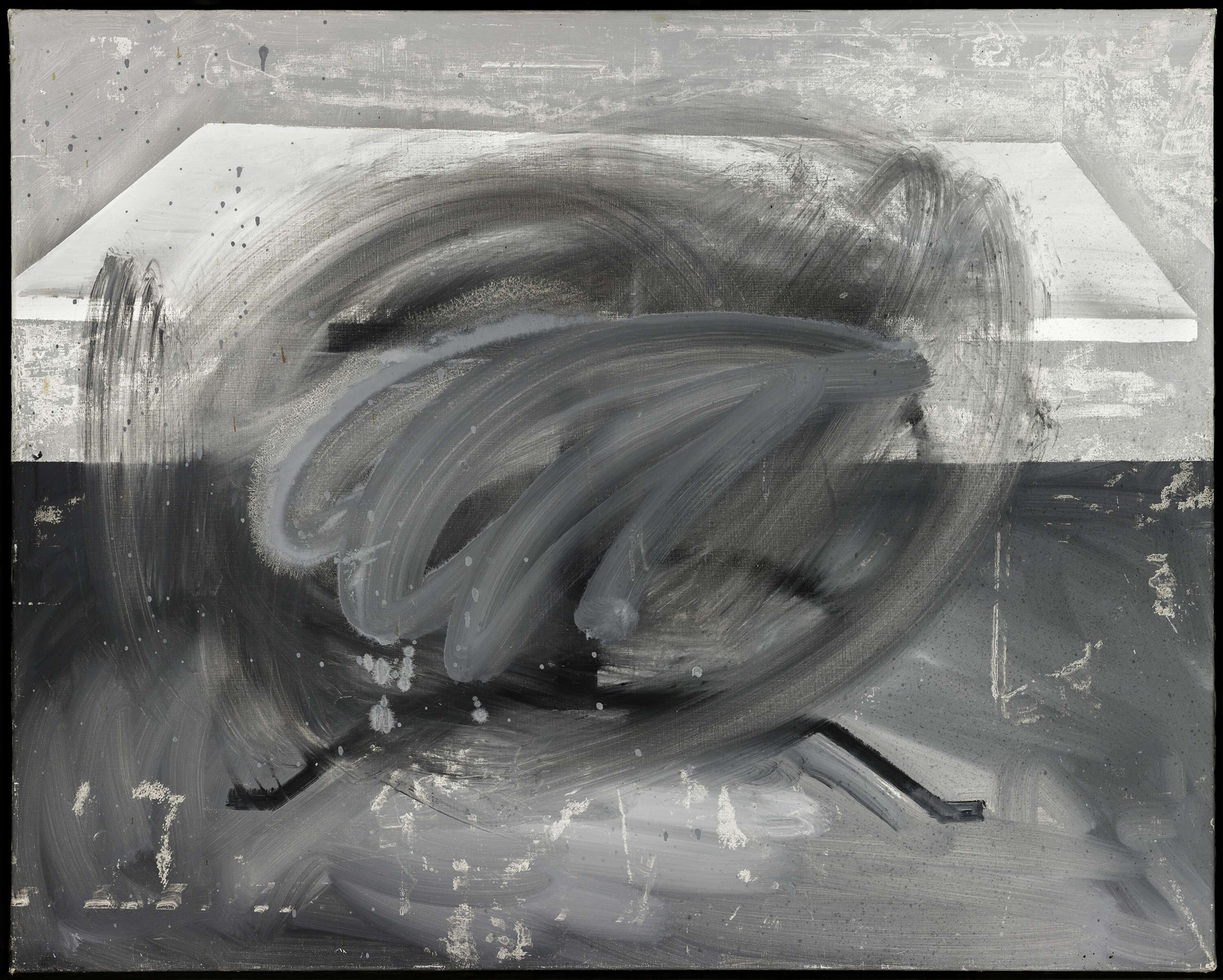
© Gerhard Richter 2025 (18102025) / Fotografía: Jennifer Bornstein
Richter does not paint reality as it is; he filters it, reshapes it, and translates it from photographs or drawings into an autonomous canvas. This constant mediation invites us to ask: is a photograph that captures a fleeting moment more real, or the painting that reinterprets it through every stroke, erasure, and gesture—both deliberate and random? Between precision and blur, reference and invention, emerges a disquieting dialogue between presence and absence, between individual and collective memory.
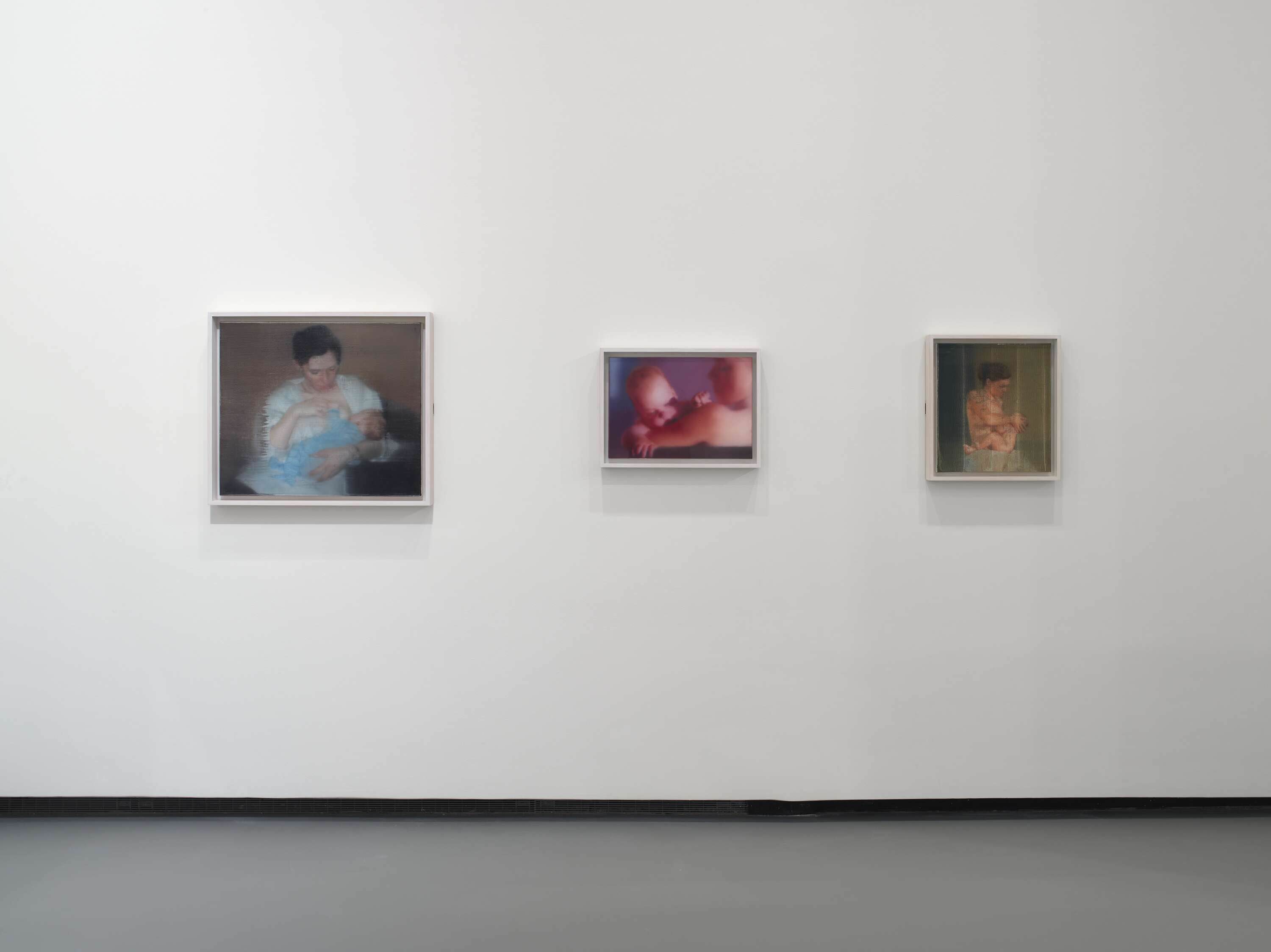
From intimate family portraits to monumental abstractions and his most recent public works, Richter engages in a game with perception: he compels us to look not only at what is before our eyes but also at what the mind projects, what time has transformed, and what technique can alter. Painting becomes a territory where reality is suspended, where the spectator’s experience is reshaped, and where each image is simultaneously familiar and uncanny.
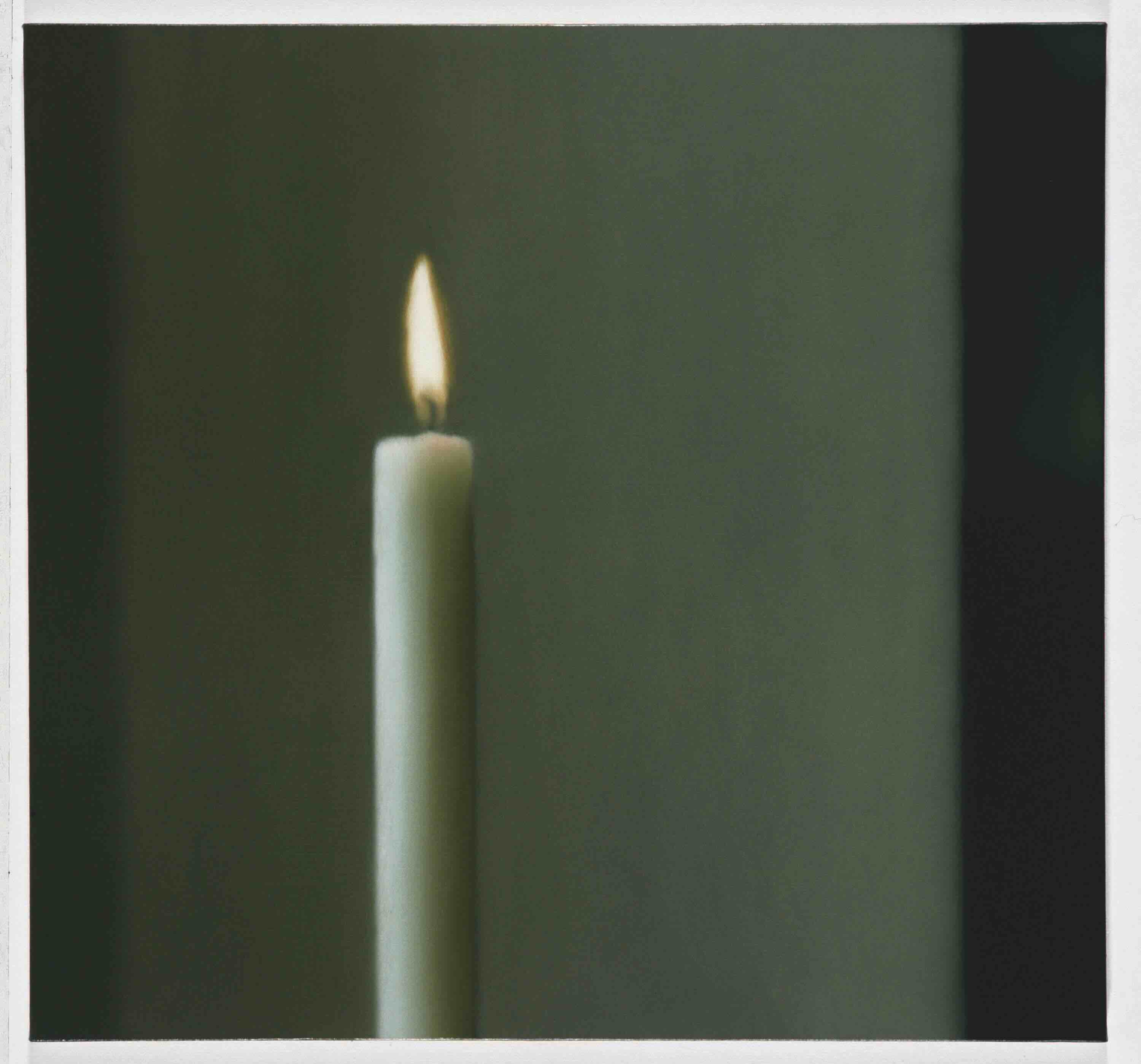
© Gerhard Richter 2025 (18102025)
Leaving the exhibition, one is left with the sense that Richter does not show us the world, but our way of seeing it, reinterpreting and reconstructing it. And in that passage, the question persists: which is more true—the life we record, or the one we imagine?
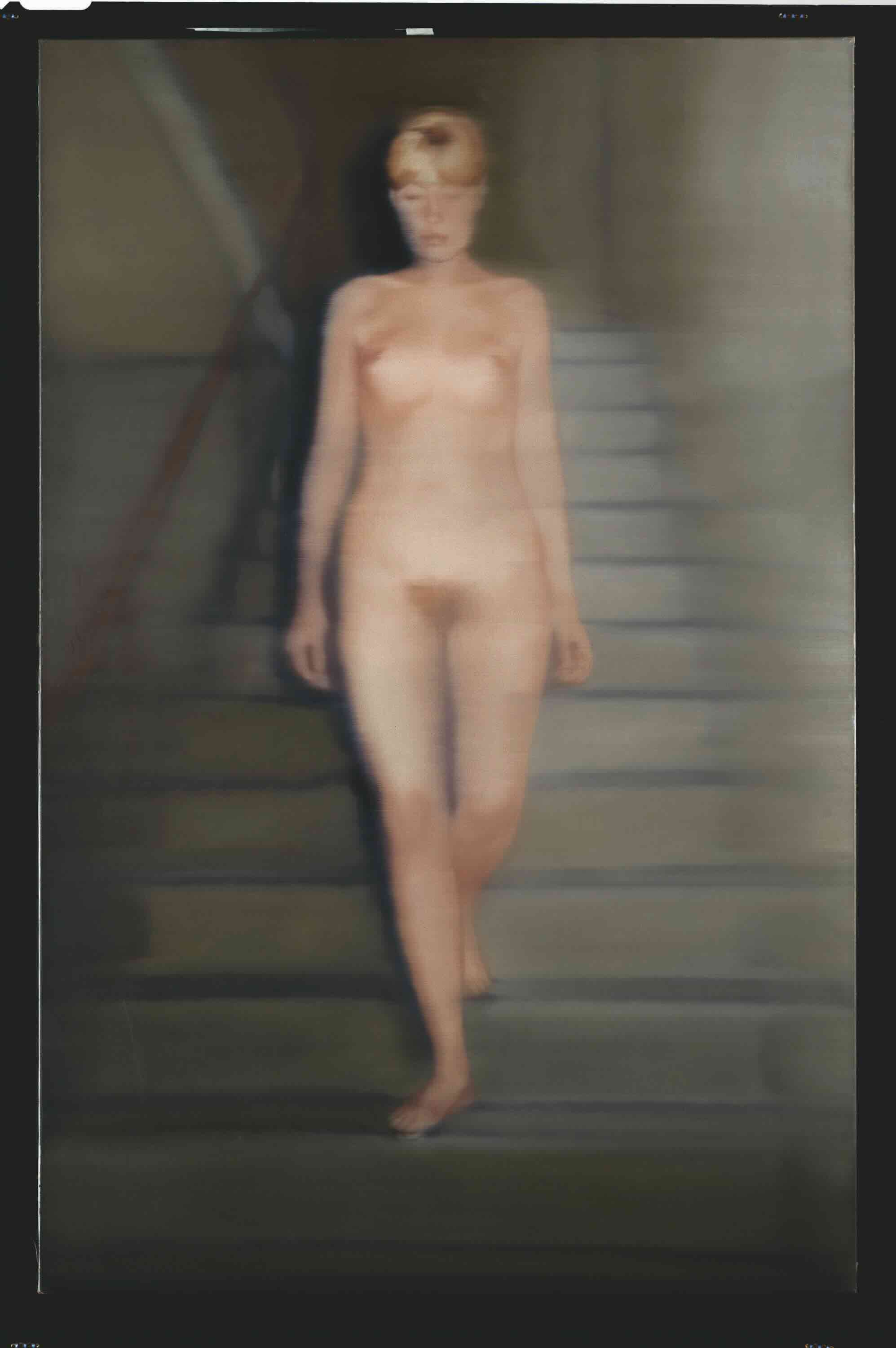
© Gerhard Richter 2025 (18102025)
Algunos episodios interrumpen la certeza de lo que creemos percibir. Así me ocurrió cada vez que me enfrenté a los lienzos de Gerhard Richter, desde aquellas innumerables ocasiones en la Neue National Gallery hasta ahora, con la inauguración de su exposición en la Fondation Louis Vuitton: más de seis décadas de experimentación que no solo registran imágenes, sino que construyen un puente entre memoria, tiempo y percepción.
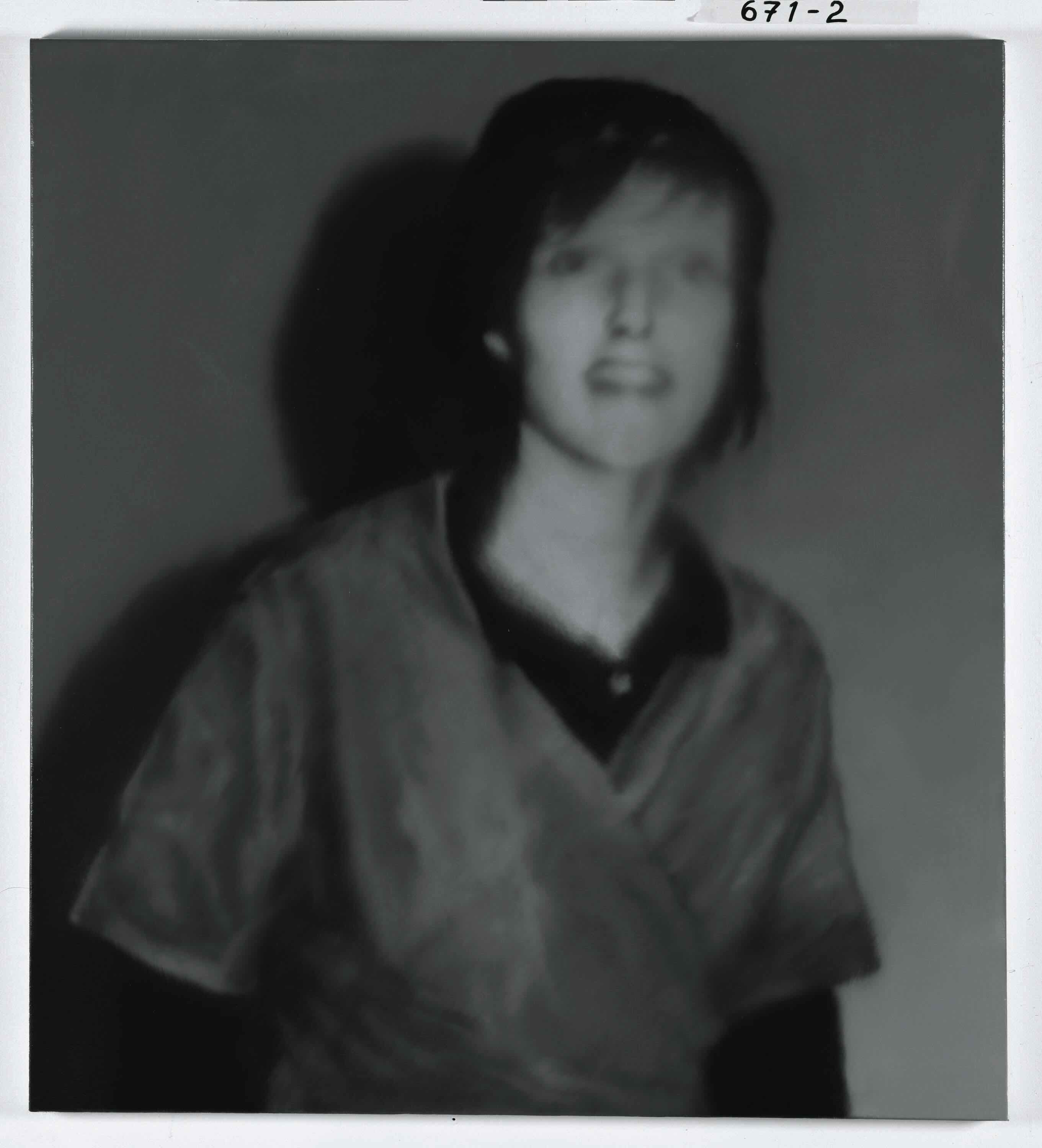
© Gerhard Richter 2025 (18102025)
Richter no pinta la realidad tal como es; la filtra, la rehace, la traduce desde fotografías o dibujos hacia un lienzo autónomo. Esa mediación constante nos invita a preguntarnos: ¿es más real la fotografía que registra un instante, o la pintura que lo reinterpreta con cada trazo, cada borrado, cada gesto controlado y azaroso? Entre lo preciso y lo difuminado, entre la referencia y la invención, lo que emerge es un diálogo inquietante entre presencia y ausencia, entre memoria individual y colectiva.
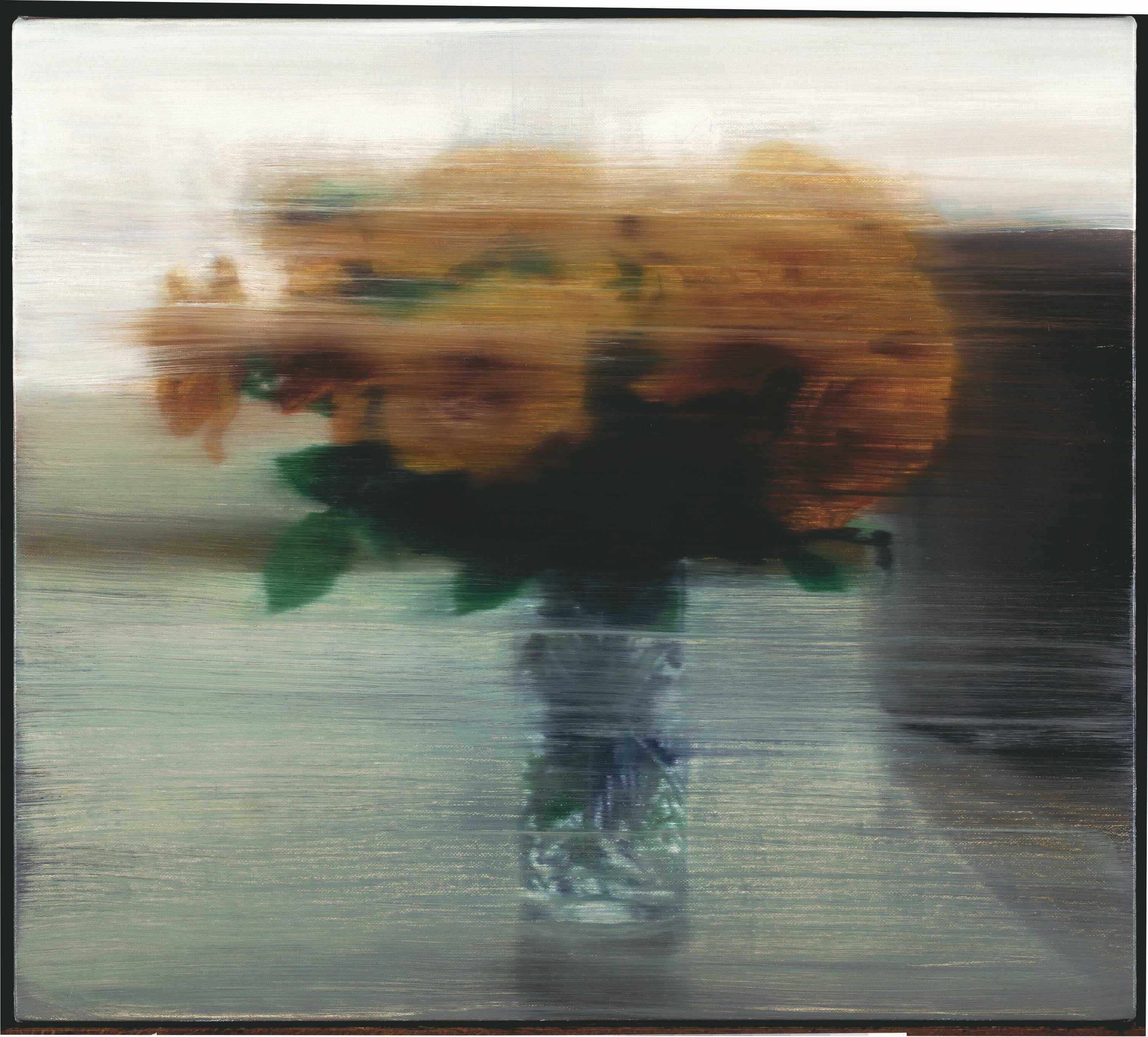
© Gerhard Richter 2025 (18102025)
Desde sus retratos familiares hasta las abstracciones monumentales y las obras públicas más recientes, Richter propone un juego con la percepción: nos obliga a mirar no solo lo que está delante de nosotros, sino lo que la mente proyecta, lo que el tiempo ha transformado y lo que la técnica puede alterar. La pintura se convierte entonces en un territorio donde lo real se suspende, donde la experiencia del espectador se reconfigura y donde cada imagen es simultáneamente familiar y extraña.

© Gerhard Richter 2025 (18102025)
Al salir de la exposición, queda la sensación de que Richter no nos muestra el mundo, sino nuestra manera de verlo, reinterpretarlo y reconstruirlo. Y en ese tránsito, la pregunta persiste: ¿qué es más verdadero, la vida que registramos o la que imaginamos?
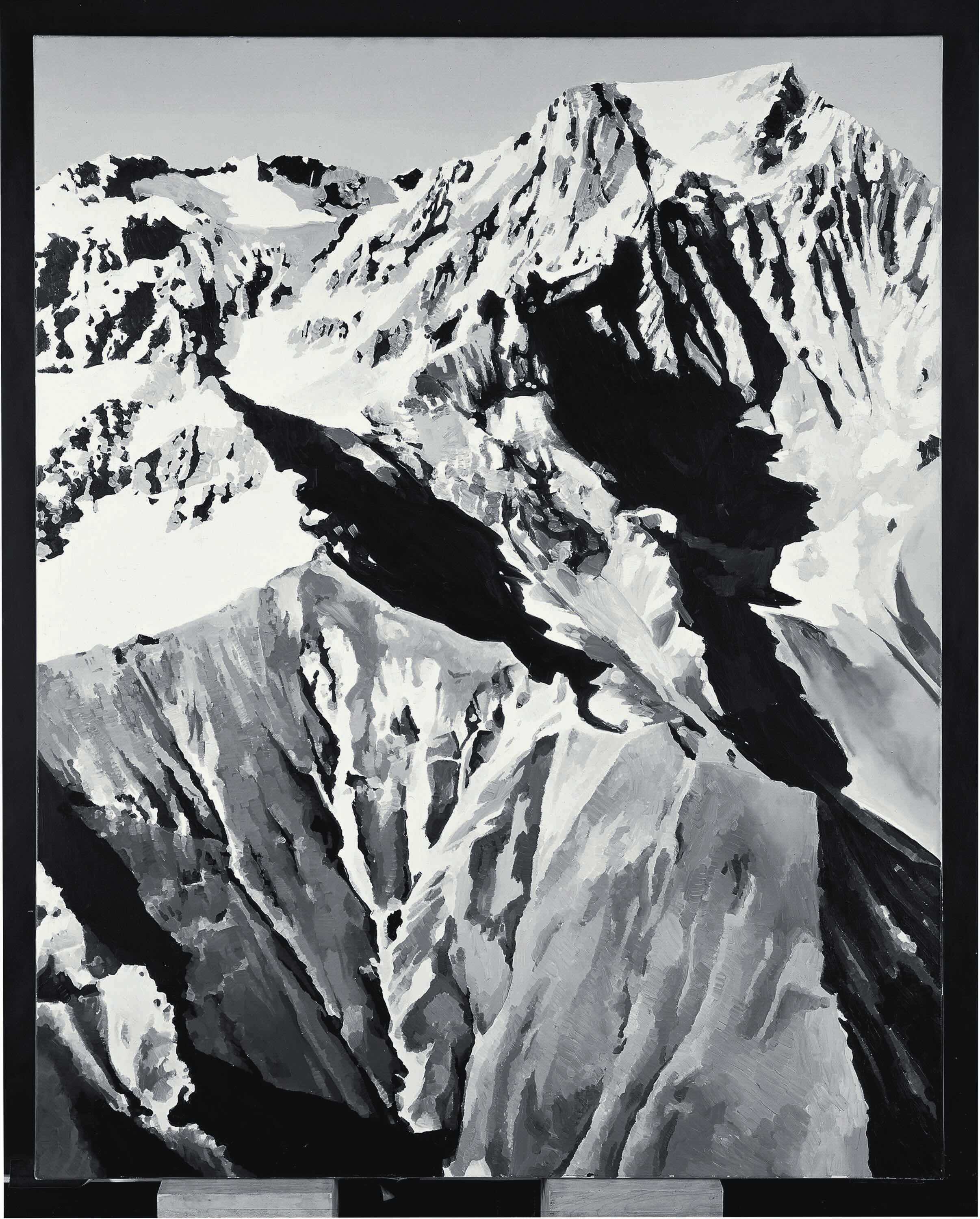
© Gerhard Richter 2025 (18102025)

